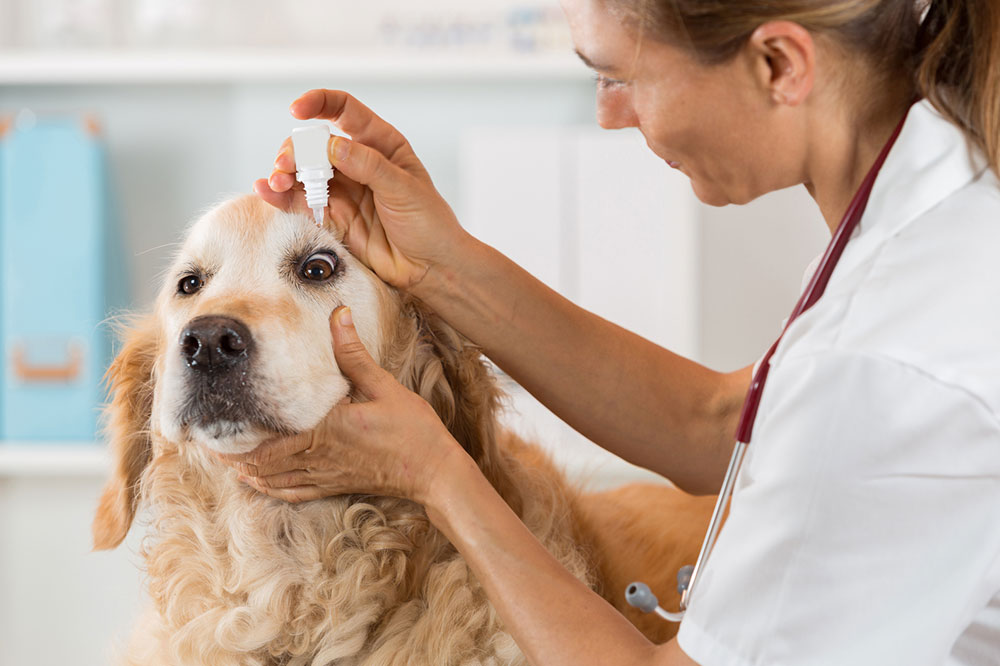
4 Common Signs That Indicate Food Allergies in Dogs
Allergy is a common condition wherein the immune system reacts adversely to a seemingly harmless foreign substance. Allergies are widely reported among human beings but can affect animals as well. Dogs are especially susceptible to developing allergies, which cause severe discomfort. Flea allergy dermatitis, seasonal allergies, and environmental allergies are some common types of allergies diagnosed in dogs.
In this article, we’ll look at food allergies, which account for about 10% of all allergy cases in dogs, and their symptoms.
What is a food allergy?
An uncommon reaction to a particular ingredient in food is called a food allergy. An allergy is different from food sensitivity or intolerance, which stems from digestive problems. In the case of a food allergy, the immune system is at fault, as it wrongly recognizes a particular substance or compound in the food as potentially harmful to the body.
It then produces antibodies to nullify the presence of these compounds, which results in a range of external symptoms that vary in severity from one dog to another.
What are the common symptoms of food allergies in dogs?
The trademark symptoms of food allergies in dogs include:
Itching
As in the case of human beings, dogs scratch themselves repeatedly when suffering from a food allergy. Your pooch may experience itchiness all over their body, and it may also cause severe inflammation and redness. Applying aloe vera gel over the infected part can relieve the itchiness and pain.
Ear infections
Food allergies often lead to an overgrowth of microorganisms that live in the ear canals, and an allergic reaction to a certain ingredient might trigger inflammation in the ear. This symptom of food allergies in dogs persists for long and leads to itching in the ear. The discharge of earwax is also commonly noted due to ear infections, and it helps identify whether a dog is suffering from a food allergy.
Discolored nails
Most dogs have beautiful white nails, but their nails may become discolored and pale if they’re suffering from a food allergy. The color often changes to red or reddish-brown, possibly due to an inflammatory immune response to a certain food substance. This symptom is a classic indicator of food allergies in dogs and enables vets to positively diagnose the condition. A food-elimination diet might help address this.
Hot spots
Hot spots are skin infections that become inflamed and are incredibly painful for your canine. They begin as small wound-like structures but grow into a serious problem with excessive scratching, licking, or chewing. When fully developed, hot spots become red and are commonly noted symptoms in dogs suffering from food allergies. Treating hot spots should be a priority, and topical steroids and antibiotics are known to produce effective results.


